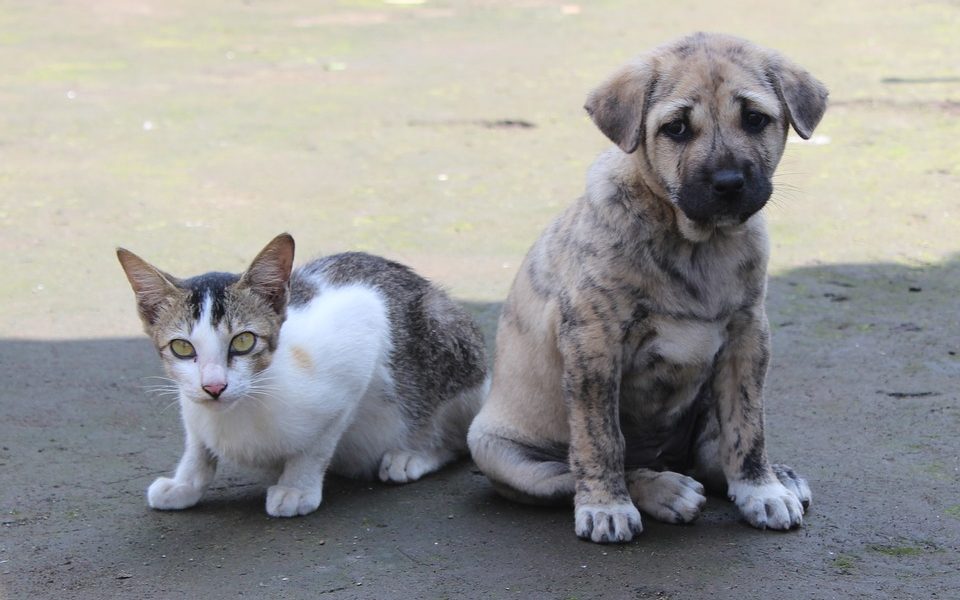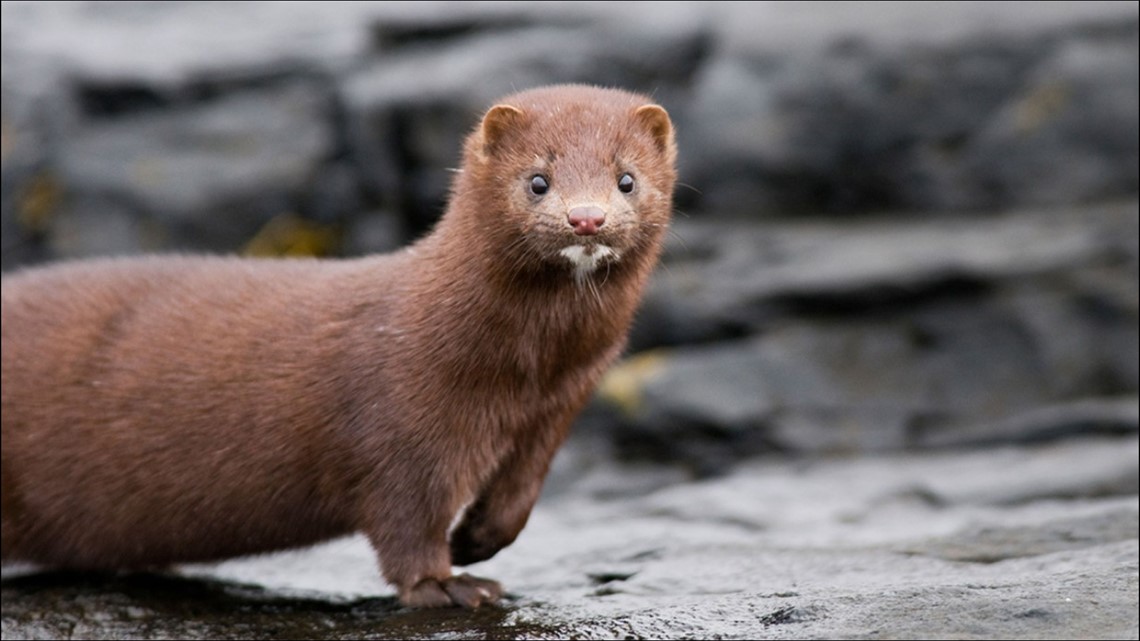Content Warning: Domestic Violence and Descriptions of Animal-Related Trauma
The image of two mutilated and abandoned calves set the tone in Laurie Zaleski’s “Funny Farm: My Unexpected Life with 600 Rescue Animals.” Immediately, the author pulls you into a tragedy full of poverty and loss, refusing release in a pattern that runs through much of the book. The reader follows Zaleski’s life through the pains of childhood, the stresses of adolescence, and the empowerment she finds in adulthood. She sets out to touch the hearts of her readers and she tends to succeed. The memoir follows two main narratives: his childhood of abuse and poverty, and his complex relationship with his mother. These heavier themes are all sandwiched between more contemporary Funny Farm animal rescue anecdotes, which act as comic relief for the still emotionally charged chapters.
Located in the heart of the South Jersey Pinelands, the eponymous Funny Farm is an unconventional animal sanctuary owned by Zaleski. Residents tend to be the kinds of animals even standard rescues would turn down, including flightless birds, retired racehorses, and an aggressive emu. The number of resident animals is over 600 and growing. With such a quirky mix, Funny Farm holds a seemingly limitless amount of friendships and unlikely personalities.
The injured cows at the opening of the book immediately establish the importance and reputation of the Funny Farm. Zaleski tells of a variety of desperate people with animals suffering beyond what is deemed manageable and for whom the Funny Farm is their only hope. Even after years of starting his farm, each animal taps into a new place in Zaleski’s (and the reader’s) heart. Regardless of their age or perceived destiny, Zaleski takes on challenges of all sizes and races. His mother’s heart and habits are behind these dealings – after all, Funny Farm’s very existence depends on his mother and their poverty.
Throughout his mostly chronological memoirs, Zaleski paints a picture of an idyllic upbringing. Glamorous parties at her home, a mother of unparalleled beauty and a rags-to-riches father define her childhood. Her father, however, is slowly tearing this portrait of a perfect family to shreds. Abuse and a penchant for psychological torment plague the nuclear family until Zaleski’s mother, Annie, decides to break it off for good.
In an honest look at the challenges of ending abuse, Zaleski’s tragic downfall is illustrated by comparing his past lavish lifestyle to his newfound poverty. His makeshift home turned into a dilapidated shed with no water or electricity. Readers witness her mother’s greatest attempts to create a quality life interspersed with her father’s persistent sabotage and harassment. At this point, she lives in the woods on the property of her mother’s wealthy and sympathetic friend. Of the joys of childhood, there remained only an old doll that her mother once owned, which she holds crying on the day of their move.
In one of the most surprising scenes, Zaleski shares an anecdote from the night before she and her mother escaped. Her father, drunk and aggressive, starts chasing his wife with an axe. Young Zaleski and her sister throw themselves at their mother’s bloody legs to protect her like a scene straight from “The Shining.” Despite the violence, Zaleski doesn’t portray an excess of needless suffering in his narration — just enough to show the depth of pain that drove his mother out. As a reader, it allows the pain to feel real without overwhelming the narrative itself.
The defining event of the narrative is Zaleski’s mother’s new job at an animal shelter, a precursor to Zaleski’s eventual Funny Farm. Upon the start of her mother’s new job, their cabin becomes home to a variety of domestic and exotic animals. Zaleski promises her mother that she will one day buy a real farm of her own – a farm free of the ghosts and pains of the past. From there, the memoir follows Zaleski’s unique coming of age – one full of schoolyard bullies, animal care, the impact of trauma and eventually coming of age. adult. There are no streaks or pauses in its riveting narrative; each new chapter presents an emotionally exciting and thrilling part of his life.
Throughout the book, Zaleski supplements the traumatic stories with an end-of-chapter “Animal Tale”: light-hearted anecdotes about adoptions or notable events involving Funny Farm animals. These offer a moment of relief for the reader to catch their breath. The juxtaposition of his memories with these “Animal Tales” also reminds the reader of how Zaleski rewrote his life. The tales also reflect its own story – after a particularly claustrophobic chapter, the free “Animal Tale” is the story of a horse getting trapped in Zaleski’s car service pit. This type of storytelling clarifies the emotion that Zaleski considers most important in each chapter of his life and further emphasizes the blurred line between his life and his animals. In a particularly lonely chapter we may see the story of a community searching for lonely animals, or a chapter defined by fear will contain a terrified animal. Ultimately, the stylistic choice to add “Animal Tales” to each chapter highlights the chapter’s most important sentiment and often adds an almost humorous edge.
As history catches up with the present, the memoir morphs into a heartbreaking love letter to his aging mother, whom Zaleski cares about. The pain and grief of this slow loss of his mother manifests as a race to fulfill his promise – to create Funny Farm. During his mother’s final weeks, they visit what is now Funny Farm, and Zaleski is able to fulfill her wish.
This deeply felt devastation of his mother’s death is what connects the novel to its namesake: the Funny Farm. Laurie depicts the fear, shame, and regret she felt after losing her mother and during the initial construction of the farmhouse. Eventually, she convinces people to volunteer at the farm, and soon the joy and uniqueness of Funny Farm spreads until a community of animal lovers and rescuers forms in honor of Laurie Zaleski’s mother. Funny Farm’s current successes and joys have only grown from its poor beginnings.
Everyday Arts contributor Ava Burzycki can be reached at [email protected].
 Christ Yoder
Christ Yoder



/cloudfront-us-east-1.images.arcpublishing.com/gray/P5XQ6ZYQXVAM5MQ7O2X7G7SRHI.jpg)